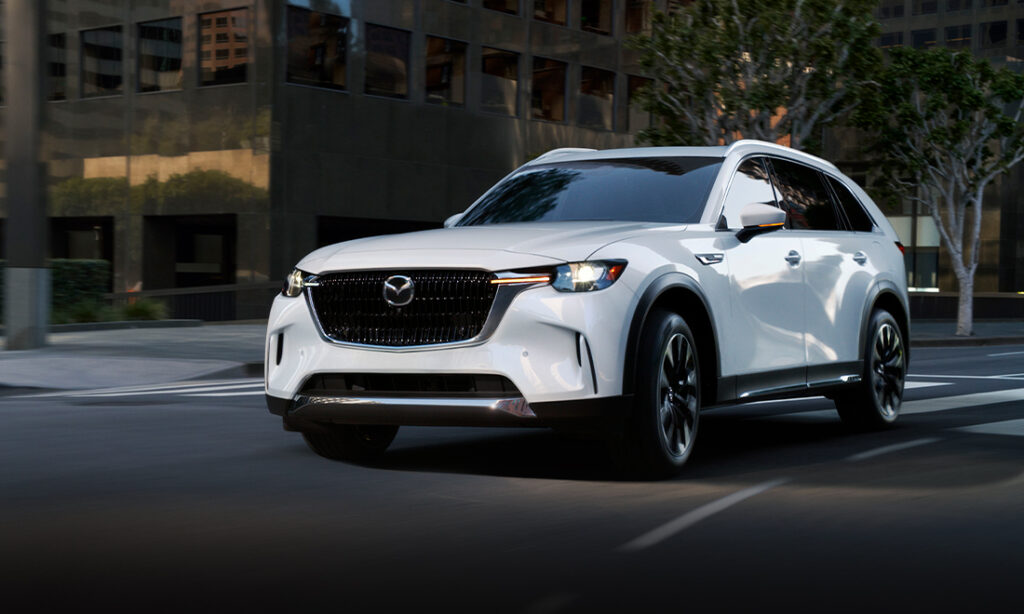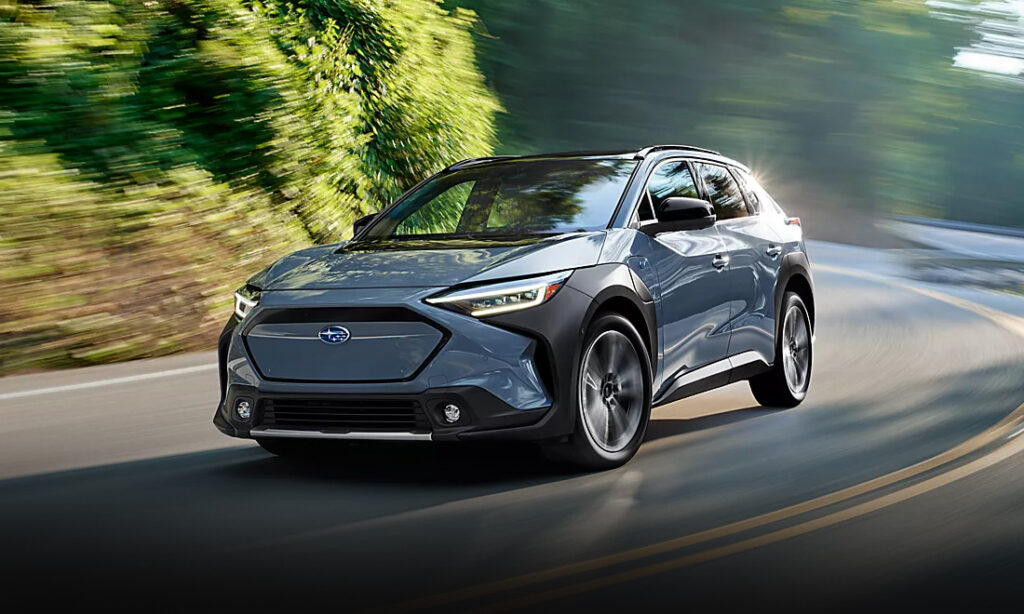The Best Cargo Capacity in Each Class
Whether it’s people, pets, furniture, or way more luggage than you’ll ever need, cargo space is at a premium. Here is the max for each segment.
When More Is More
As lovely as a Miata is, the lithe and sporty two-seater isn’t the most adept at carrying much beyond two passengers and a pack of Tic-Tacs. For those with kids or pets or lots of friends in need of a ride at 2 a.m., passenger room is at a premium. And if those kids are going off to college or those friends are cheeky enough to rope you into helping them move, you’ll also want plenty of cargo space in your vehicle as well. So, if cargo capacity is one of your priorities when shopping for a vehicle, we’ve got just the list for you. Below we note the best cargo capacities in each vehicle segment.
Subcompact SUV
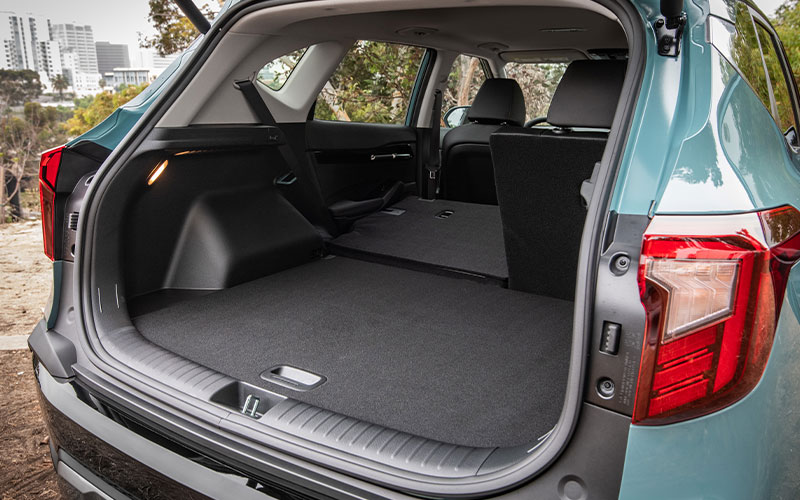
Kia Seltos: Though subcompact SUVs aren’t the biggest vehicles some of them, like the Kia Seltos offer a good deal of cargo space. In the Seltos’ case, 26.6 cu.-ft. in back and a total of 62.8 cu.-ft. with the rear seats folded down.
Compact SUV
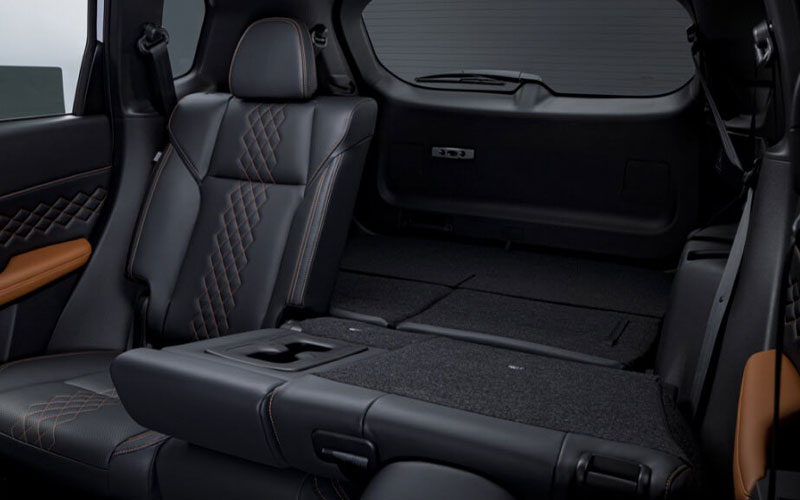
Mitsubishi Outlander: The compact SUV segment is one of the most popular (second only to the full-size pickup) and their practicality and versatility are a big reason why. The segment champ for cargo space is the Mitsubishi Outlander with 11.7 cu.-ft. behind its third row (if so optioned), 33.5 cu.-ft. behind the second row, and a grand total of 79.7 with both rear rows folded down.
Compact Car
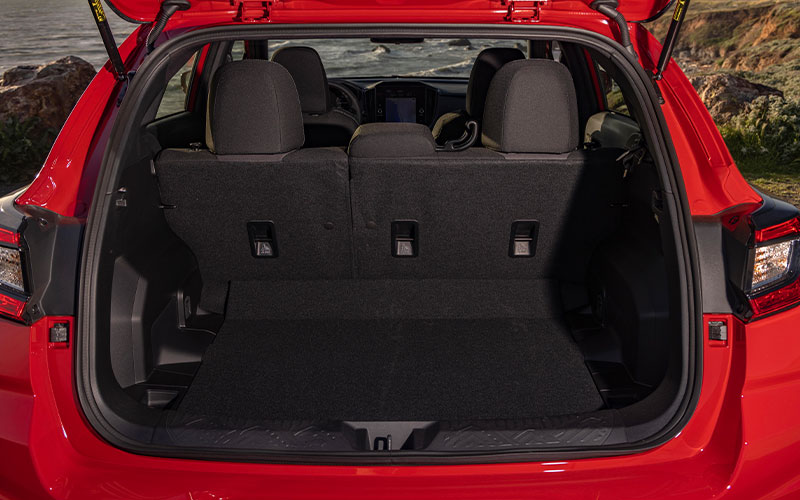
Subaru Impreza: Compact cars might be small, but manufacturers’ long held and efficient solution has been the hatchback body. In the case of the Impreza, the hatchback design allows for a segment leading 20.8 cu.-ft. in back and 55.3 cu.-ft. with the rear seats down.
Midsize Car

Honda Accord: The Honda Accord does many things well. In fact, it sits atop the segment thanks to great powertrain options, a stylish and pleasant interior, and all manner of the latest automotive tech. It just so happens to also have the segment’s most capacious truck at 16.7 cu.-ft.
Midsize SUV
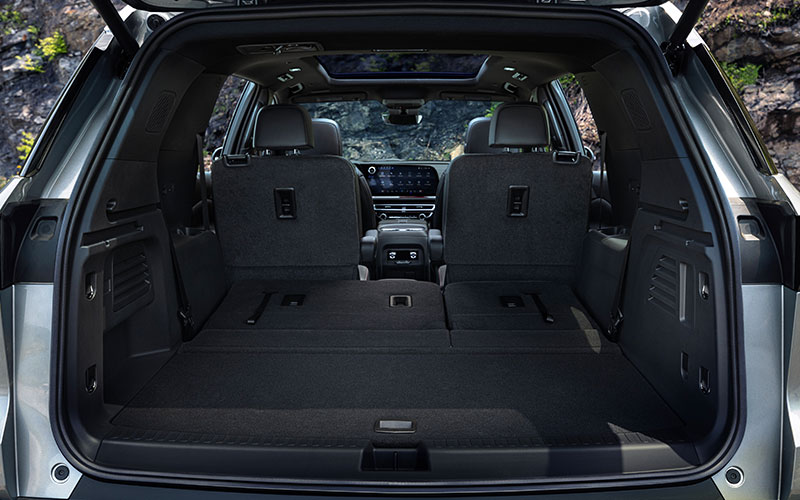
Chevrolet Traverse: The Chevy Traverse is a master of maximizing interior space without increasing its exterior footprint. With 23 cu.-ft. behind the third row, 57.8 cu.-ft. behind the second row, and a full 98.2 with the seats, the Traverse is as roomy as they come for midsize SUVs.
Large SUV
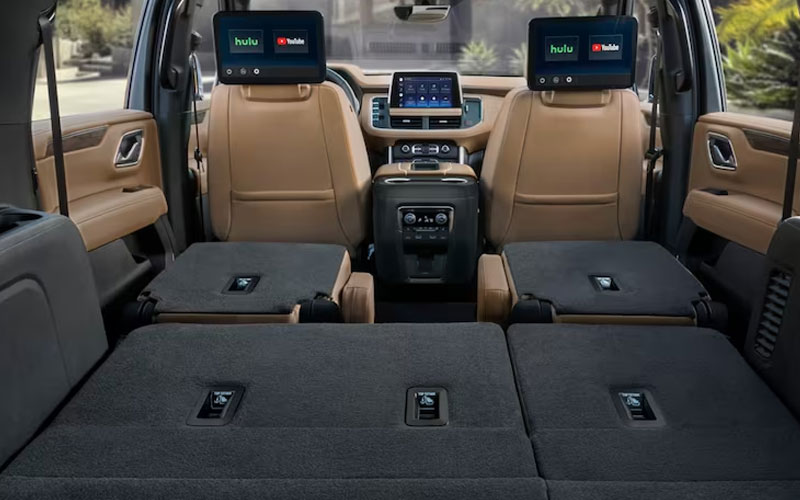
Chevrolet Suburban: For a truly cavernous amount of cargo space, it’s tough to beat the Chevy Suburban. It features 41.5 cu.-ft. in back, 93.8 cu.-ft. behind the second-row seats, and 144.7 cu.-ft. with the second and third rows down.
Wagon

Subaru Outback: Though the station wagon segment has contracted quite a bit with the advent of the SUV, there are still a few like the Subaru Outback on offer. The Outback has a generous 32.6 cu.-ft. of cargo space in the back and expands to 75.6 cu.-ft. with the rear seats down.
Minivan
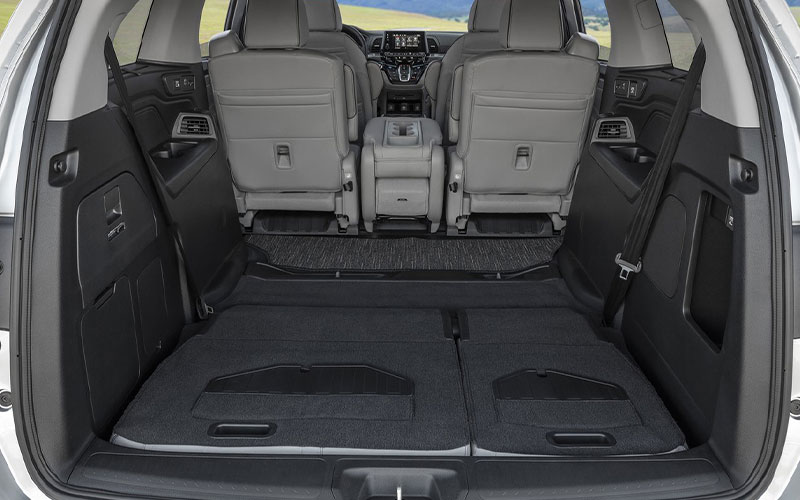
Honda Odyssey: Like the above mentioned Accord, Honda likes to refine from good to better to best and thus gave the already impressive Odyssey minivan segment leading cargo capacity. Depending on the configuration the Odyssey offers 32.8-38.6 cu.-ft. in the back, 86.6-92.3 cu.-ft. behind the third row, and 140.7-158 cu.-ft. in total.
Hybrid SUV
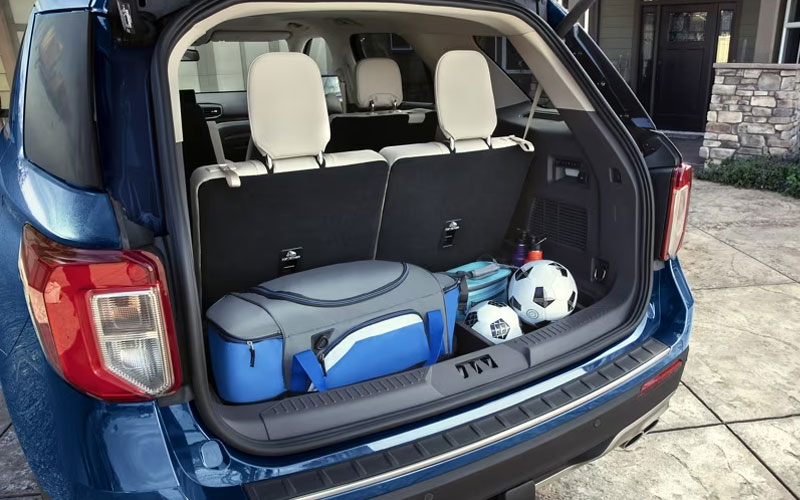
Ford Explorer Hybrid: Hybrid powertrains mean battery packs. Those battery packs often cut into the total cargo space of vehicles, but in the case of the Ford Explorer Hybrid surprisingly little is sacrificed. The Explorer Hybrid measures 18.2 cu.-ft. in the rear, 47.9 cu.-ft. behind the third row, and 87.8 cu.-ft. in total.
Hybrid Car
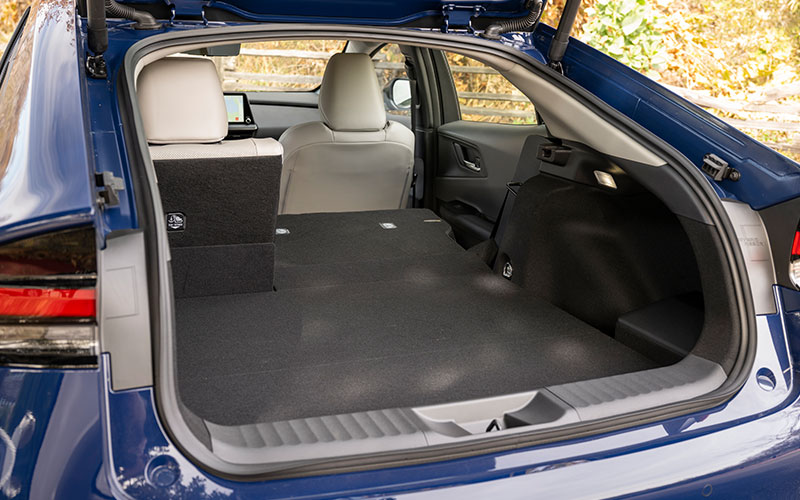
Toyota Prius & Prius Prime: Where the Explorer makes up for its hybrid battery pack by dint of size, the Toyota Prius does it by employing a hatchback design. The master of fuel efficiency isn’t back at maximizing space either, with 23.8 cu.-ft. in back for the Prius LE or 20.3 for all other trims and the Prius Prime plug-in hybrid. Folding the seats down gets you to 26.7 cu.-ft.
Electric Car
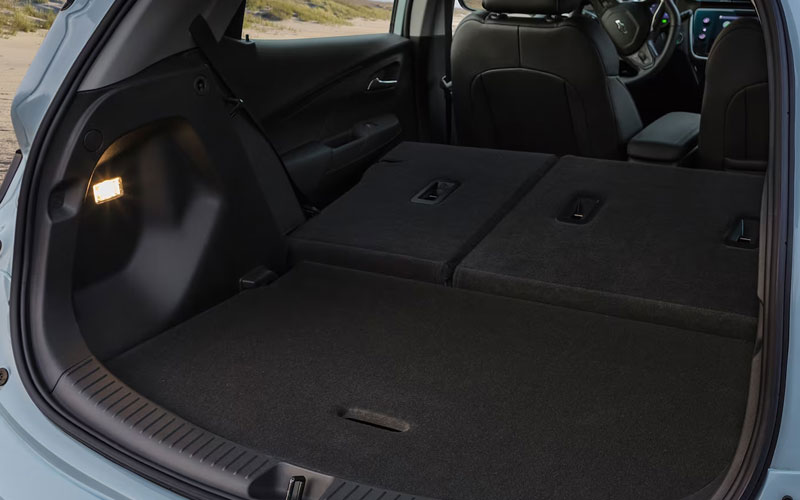
Chevrolet Bolt: Unlike hybrids that need space for both internal combustion components and electric ones, a dedicated EV (electric vehicle) typically keeps its batteries on the floor of the vehicle, allowing for more than average cargo capacity. Enter the Chevy Bolt, which like the Prius makes the most of a hatchback design for 16.6 cu.-ft. of rearward cargo space and a full 57 cu.-ft. with the rear seats folded down.
Lucid Air: Because the segment for full-size EV sedans/cars is currently limited to luxury cars, we’re highlighting the Lucid Air for its 22.1 cu.-ft. rear trunk and 10 cu.-ft. frunk (front trunk).
Electric SUV

Rivian R1S: Adapted from the R1T electric pickup, the Rivian R1S all-electric SUV utilizes its “skateboard” platform for a segment-leading amount of cargo space at 104.7 cu.-ft. This consists of 17.6 in the way back, 46.7 cu.-ft. behind the second row, and 88.2 with both rows folded down. If you’re asking, how do we get from 104.7 cu.-ft. from 88.2 cu.-ft., the R1S has both an 11 cu.-ft. frunk in front and a 5 cu.-ft. hold in the floor of the rear cargo area.



